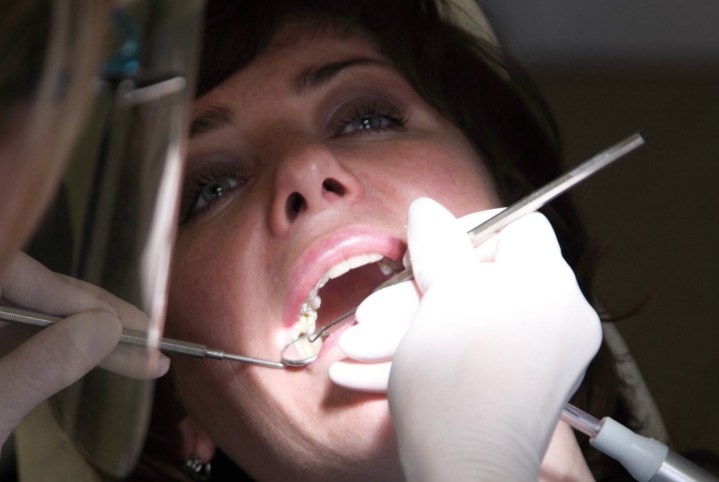
What they’ve developed is a porous dental implant that slowly releases drugs from a built-in reservoir throughout the day — with the goal of preventing and fighting infections.
“The reservoir can be filled up with an antiseptic like chlorhexidine, the disinfecting component of mouthwash,” Karin Thevissen, one of the lead researchers, told Digital Trends. “The implant material is a titanium-based composite material that allows passage of molecules from one side to the other: In our case, from the inside to the outside, which is in direct contact with the bone cells.”
The built-in reservoir in the tooth is accessible by removing the crown, although Thevissen suggested this should be carried out by a dentist. It’s then possible to refill it, or even fill it up with another solution, depending on a patient’s need.
“Our mouth contains many microorganisms, including bacterial and fungal pathogens,” Thevissen said. “On traditional dental implants, these pathogens can quickly form a so-called ‘biofilm,’ which is resistant to antimicrobial drugs like antibiotics. As a result, dental implants come with a significant risk of infections that may be difficult to treat. Our implant design will prevent colonization by microorganisms and hence, reduce implant-based infections. Moreover, we have evidence that starting antimicrobial treatment by filling up the reservoir after a microbial biofilm has formed on the implant, can eradicate the biofilm. So the implant design allows for preventive as well as curative therapy.”
So far, so exciting. You won’t be able to get the implant right away, though. At present, the researchers are seeking additional funding to improve the design to make it more robust.
Once that is done, though, it should just be a quick trip to the dentist to get it installed, and you’ll never need to take a bottle of mouthwash with you on an overnight trip again.


